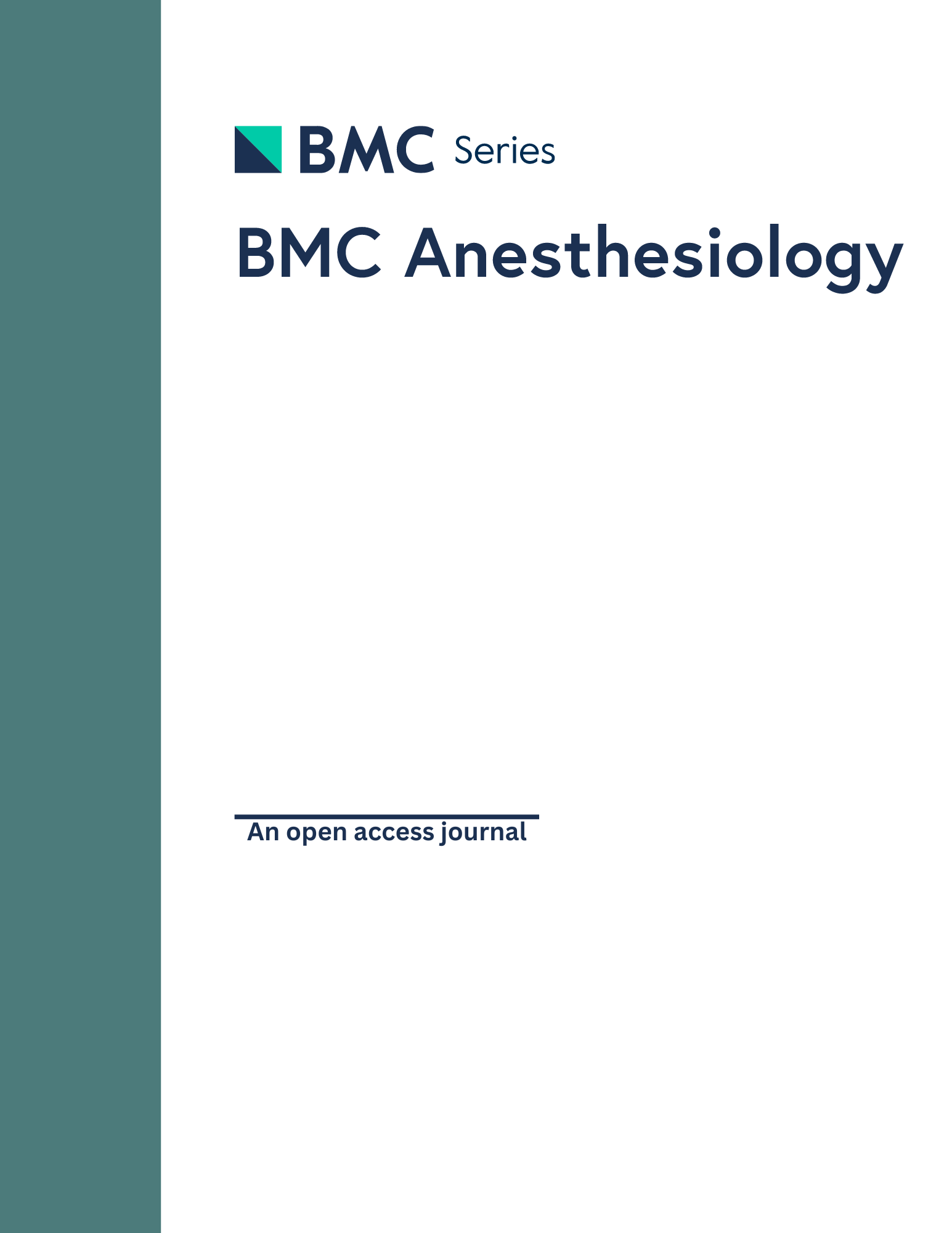
Addition of low-dose morphine to spinal anaesthesia improves analgesia with cFNB in TKA

Addition of low-dose morphine to spinal anaesthesia improves analgesia with cFNB in TKA
Comparison of continuous femoral nerve block (CFNB/SA) and continuous femoral nerve block with mini-dose spinal morphine (CFNB/SAMO) for postoperative analgesia after total knee arthroplasty (TKA): a randomized controlled study
BMC Anesthesiol. 2016 Jul 16;16(1):38Did you know you're eligible to earn 0.5 CME credits for reading this report? Click Here
Synopsis
70 patients scheduled for total knee arthroplasty under spinal anesthesia and a continuous femoral nerve block were randomized to spinal anesthesia with or without the addition of mini-dose morphine (0.035mg). The purpose of this study was to evaluate if there was any significant difference between groups in pain scores and opioid consumption. Patients were monitored up to 48 hours postoperatively. Results demonstrated significantly lower pain scores and tramadol consumption in the group which received mini-dose spinal morphine. The incidence of postoperative nausea and vomiting was significantly greater within the first 6 hours in the group administered the mini-dose spinal morphine.
Was the allocation sequence adequately generated?
Was allocation adequately concealed?
Blinding Treatment Providers: Was knowledge of the allocated interventions adequately prevented?
Blinding Outcome Assessors: Was knowledge of the allocated interventions adequately prevented?
Blinding Patients: Was knowledge of the allocated interventions adequately prevented?
Was loss to follow-up (missing outcome data) infrequent?
Are reports of the study free of suggestion of selective outcome reporting?
Were outcomes objective, patient-important and assessed in a manner to limit bias (ie. duplicate assessors, Independent assessors)?
Was the sample size sufficiently large to assure a balance of prognosis and sufficiently large number of outcome events?
Was investigator expertise/experience with both treatment and control techniques likely the same (ie.were criteria for surgeon participation/expertise provided)?
Yes = 1
Uncertain = 0.5
Not Relevant = 0
No = 0
The Reporting Criteria Assessment evaluates the transparency with which authors report the methodological and trial characteristics of the trial within the publication. The assessment is divided into five categories which are presented below.
2/4
Randomization
3/4
Outcome Measurements
1/4
Inclusion / Exclusion
4/4
Therapy Description
4/4
Statistics
Detsky AS, Naylor CD, O'Rourke K, McGeer AJ, L'Abbé KA. J Clin Epidemiol. 1992;45:255-65
The Fragility Index is a tool that aids in the interpretation of significant findings, providing a measure of strength for a result. The Fragility Index represents the number of consecutive events that need to be added to a dichotomous outcome to make the finding no longer significant. A small number represents a weaker finding and a large number represents a stronger finding.
Why was this study needed now?
Severe knee pain following total knee arthroplasty is not uncommon and can delay physical therapy and recovery. Femoral nerve blocks are often used for postoperative analgesia after TKA, though mixed results regarding its efficacy have been reported. To improve the efficacy of a postoperative analgesia protocol involving FNB, use of mini-dose spinal morphine has been suggested as a possible supplementary method.
What was the principal research question?
In total knee arthroplasty with a continuous femoral nerve block, is there any significant difference in postoperative analgesia efficacy between spinal anesthesia with and without the addition of mini-dose morphine, assessed over 48 hours postoperatively?
What were the important findings?
- Significant differences in median VAS pain scores were observed between groups, being significantly lower in the mini-dose morphine group compared to the control group at 12 hours (3 [0-7] vs. 6 [0-10]; p<0.01), 24 hours (3 [0-7] vs. 5 [0-10]; p<0.01), and 48 hours postoperatively (3 [0-7] vs. 4 [0-10]; p=0.03).
- Groups also demonstrated a significant difference in the incidence of severe postoperative pain, being significantly lower in the mini-dose morphine group compared to the control group at 12 hours (15/35 vs. 23/33; p=0.03), 24 hours (16/35 vs. 22/33; p=0.03), and 48 hours (9/35 vs. 17/33; p=0.03).
- Cumulative tramadol consumption over the first 48 hours postoperative was significantly lower in the mini-dose morphine group (125mg [50-400]) compared to the control group (200mg [50-500mg]) (p=0.01).
- The incidence of postoperative nausea and vomiting (PONV) was significantly greater in the mini-dose morphine group (40%) compared to the control group (15%) at 6 hours postoperatively (p=0.05); differences between groups at 1, 12, 24, 36, and 48 hours postoperatively were not significant.
What should I remember most?
In total knee arthroplasty, the addition of morphine 0.035mg to spinal anaesthesia with levobupivacaine, in combination with standardized continuous femoral nerve block, demonstrated significantly lower pain scores and incidences of severe pain within the first 48 hours postoperatively when compared to spinal anaesthesia without morphine, but also increased the incidence of PONV at 6 hours postoperatively.
How will this affect the care of my patients?
The results of this study suggest that the addition of low-dose morphine to spinal anesthesia may offer improved short-term analgesic efficacy of a multimodal regimen with continuous femoral nerve block in patients undergoing total knee arthroplasty. Nonetheless, even the low dose used in the current study was observed to increase the rate of postoperative nausea and vomiting to a significant degree. As such, there is a need for further study methods of potentially limiting the impact of the morphine-related side effects on patient outcome, or whether an even lower dose of morphine can demonstrate the same analgesic efficacy observed in this trial while avoiding an increase in the incidence of PONV.
Learn about our AI Driven
High Impact Search Feature
Our AI driven High Impact metric calculates the impact an article will have by considering both the publishing journal and the content of the article itself. Built using the latest advances in natural language processing, OE High Impact predicts an article’s future number of citations better than impact factor alone.
Continue



 LOGIN
LOGIN

Join the Conversation
Please Login or Join to leave comments.